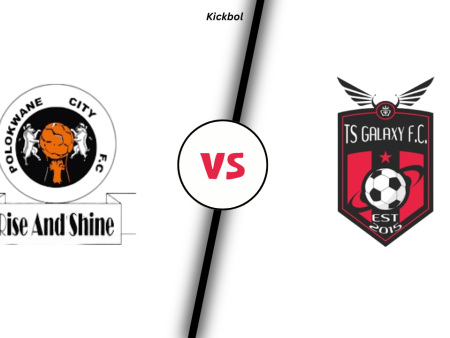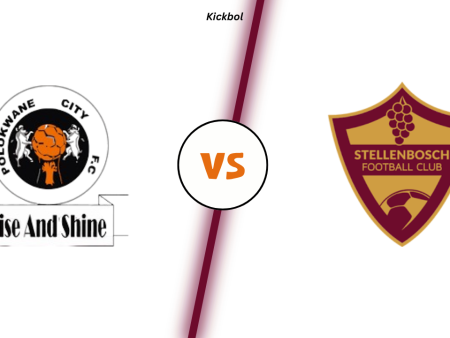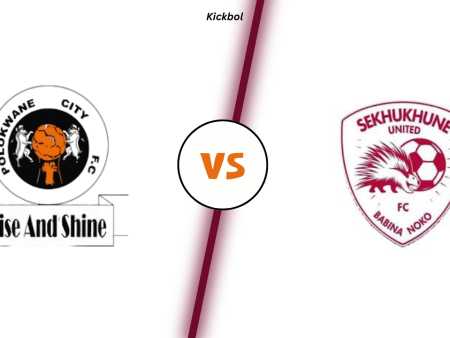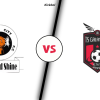Wolverhampton Wanderers and Brighton & Hove Albion, two clubs representing contrasting styles and aspirations, have established a competitive rivalry in the English Premier League. While Wolverhampton has a rich history and a reputation for defensive resilience, Brighton has emerged as an attacking force with a growing presence in the topflight. Their encounters have produced captivating matches that showcase the diversity and excitement of English football.
A Tale of Two Cities
Hailing from the industrial city of Wolverhampton, Wolverhampton Wanderers, often referred to as Wolves, embodies the grit and determination of their working-class roots. Founded in 1877, has experienced a rollercoaster ride, bouncing between the top and lower tiers of English football. Despite their ups and downs, Wolves have maintained a passionate fan base and a reputation for their unwavering spirit.
In contrast, Brighton & Hove Albion, nicknamed the Seagulls, emerged from the seaside town of Brighton and Hove, known for its relaxed atmosphere and artistic vibe. Established in 1899, has climbed the ranks of English football, reaching the Premier League for the first time in 2017. Their recent success has been attributed to their attractive attacking style of play and their ability talented players.
Rivalry on the Rise
The rivalry between Wolverhampton and Brighton has intensified in recent years, coinciding with their respective rises in the Premier League. Their contrasting styles of play have created entertaining matchups, with Wolves relying on defensive solidity and Brighton showcasing their attacking flair.
Wolverhampton’s defensive approach, often led by their tenacious midfield and stout backline, has earned them a reputation as a tough opponent. Brighton, on the other hand, has captivated fans with their free-flowing attacking style, characterized by quick passing, creative movement, and clinical finishing.
Head-to-Head Record
The overall head-to-head record between Wolverhampton and Brighton is closely contested, with Wolves holding a slight edge. In all competitions, Wolverhampton has won 25 matches, Brighton has won 23 matches, and there have been 19 draws.
In the Premier League era, which began in 1992-93, Wolverhampton has won 12 matches, Brighton has won 10 matches, and there have been 7 draws. This suggests that the rivalry has intensified in recent years, with both teams matching each other’s quality and ambition.
Here is a table of stats for Wolverhampton vs. Brighton head-to-head:
| Competition | Wolverhampton Wins | Brighton Wins | Draws | Goals For (Wolverhampton) | Goals For (Brighton) |
|---|---|---|---|---|---|
| All Competitions | 25 | 23 | 19 | 77 | 71 |
| Premier League | 12 | 10 | 7 | 37 | 33 |
| FA Cup | 2 | 2 | 1 | 7 | 7 |
| League Cup | 6 | 5 | 5 | 17 | 16 |
| Other | 5 | 6 |
Recent Encounters
The recent history of Wolverhampton vs. Brighton matches has been characterized by close calls and dramatic finishes. In the 2022-23 season, the two teams met four times, with Wolverhampton winning two encounters and Brighton winning two encounters. These matches saw a combined 15 goals scored, highlighting the attacking prowess of both sides.
Key Factors and Rivalry Dynamics
The rivalry between Wolverhampton and Brighton is fueled by several factors, including their contrasting styles of play, their growing ambitions, and the tactical battles between their managers. Both clubs have established clear identities and playing philosophies, which clash on the pitch and provide a spectacle for fans.
Wolverhampton’s defensive resilience and Brighton’s attacking flair often create intriguing tactical battles, with both managers seeking to outmaneuver their counterpart. These strategic duels add another layer of intrigue to the rivalry and keep fans on the edge of their seats.
Impact on English Football
The rivalry between Wolverhampton and Brighton has had a positive impact on English football, adding variety and excitement to the Premier League. Their contrasting styles of play and their growing ambitions have enriched the league, providing fans with diverse options to enjoy.
The rivalry has also contributed to the development of young players and the growth of both clubs. Wolverhampton and Brighton have become more attractive destinations for talented players, and their success has inspired other clubs to adopt more progressive approaches to football.
Conclusion
The rivalry between Wolverhampton Wanderers and Brighton & Hove Albion is a testament to the diversity and excitement of English football. Their contrasting styles, growing ambitions, and captivating encounters have added a new dimension to the Premier League. As both clubs continue to strive for success, their rivalry is sure to provide many more memorable moments for fans to cherish.










